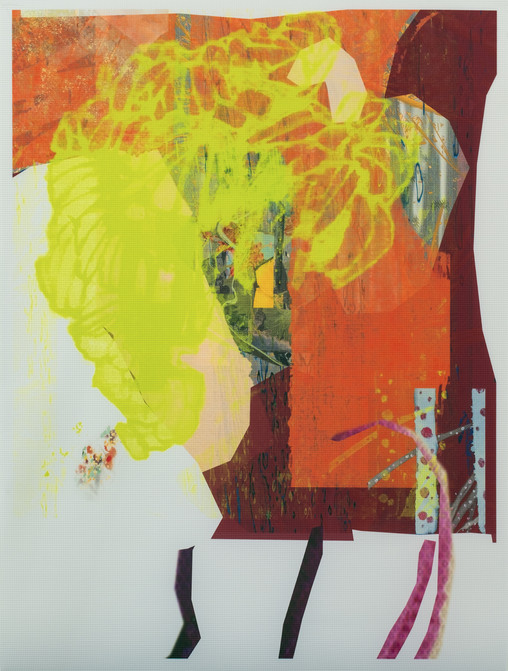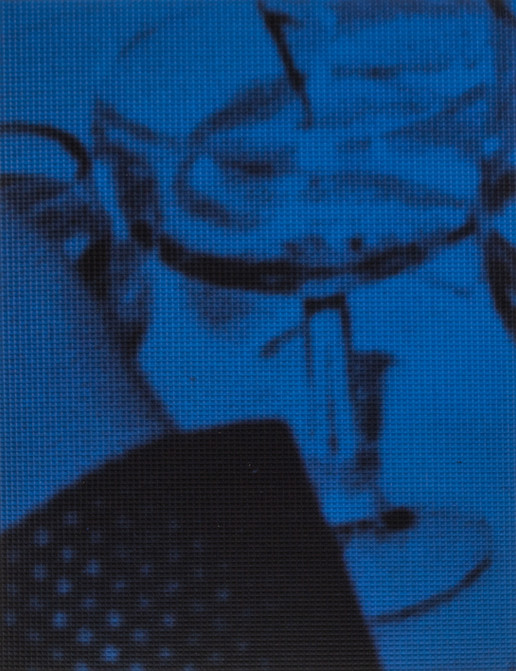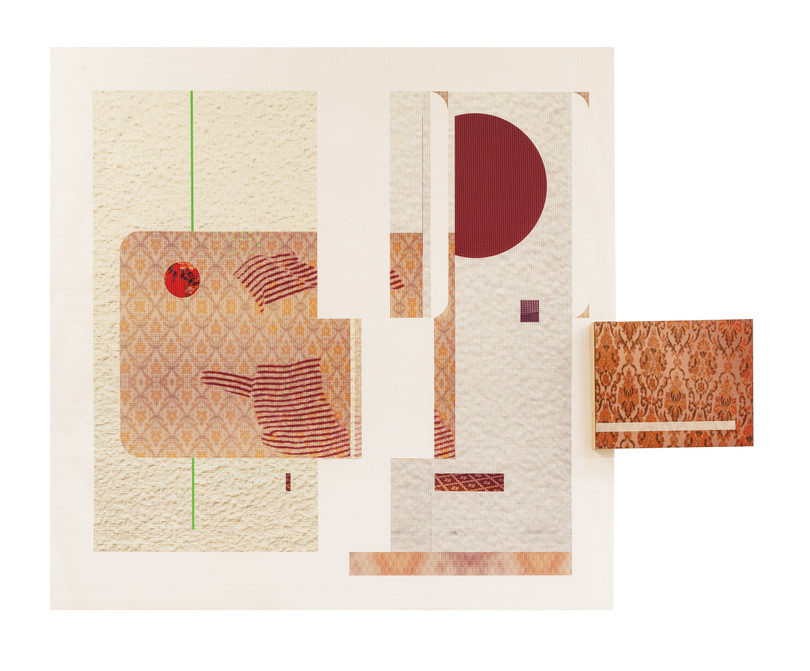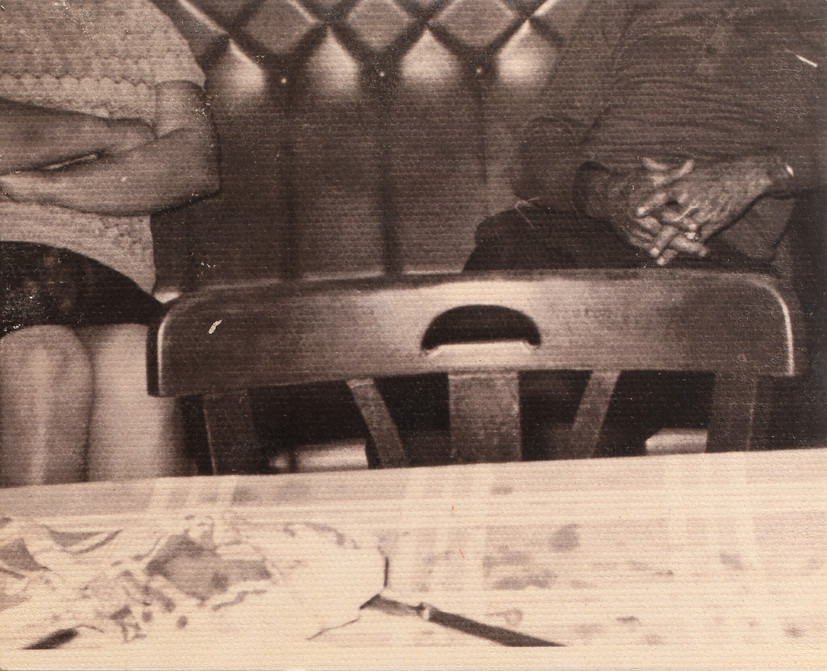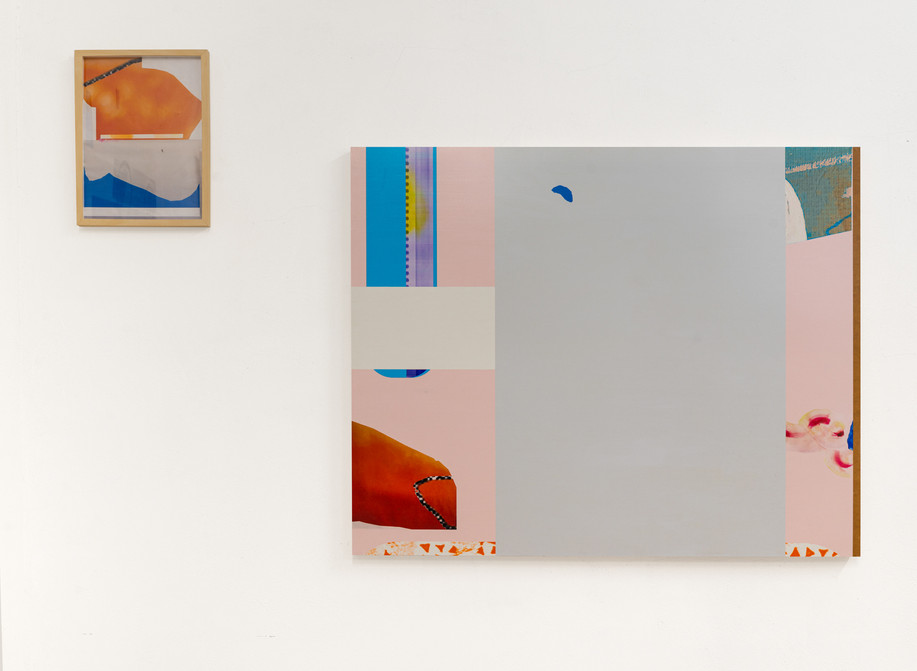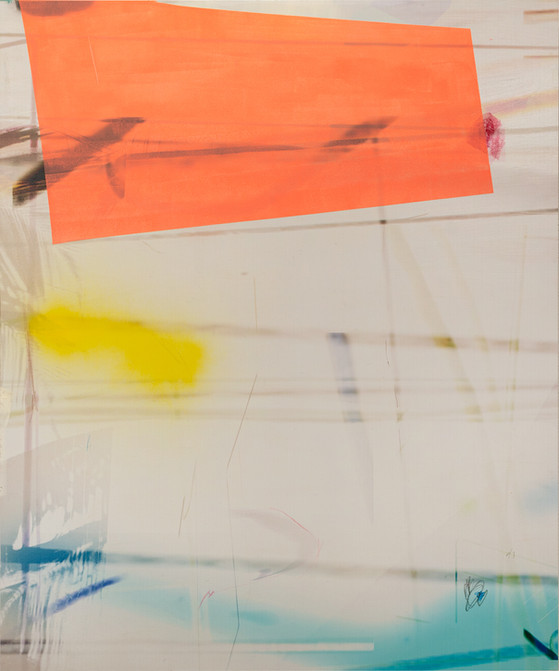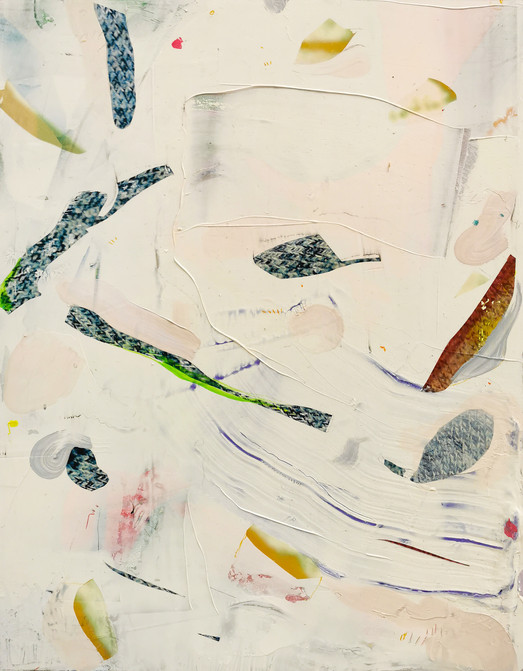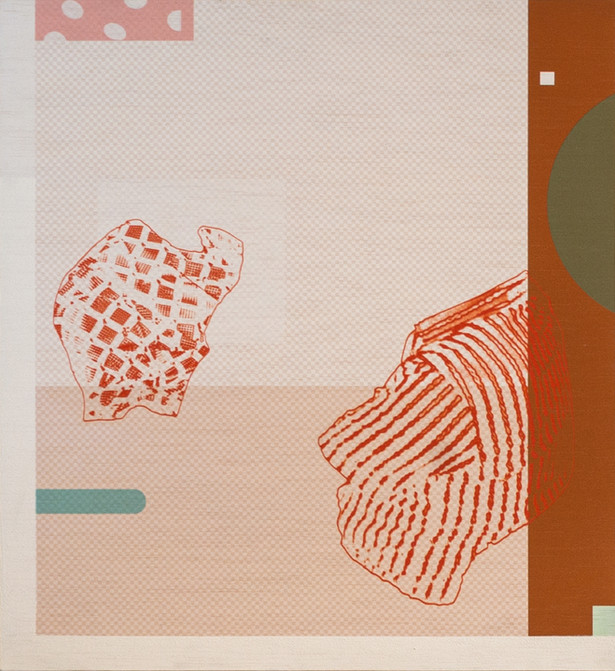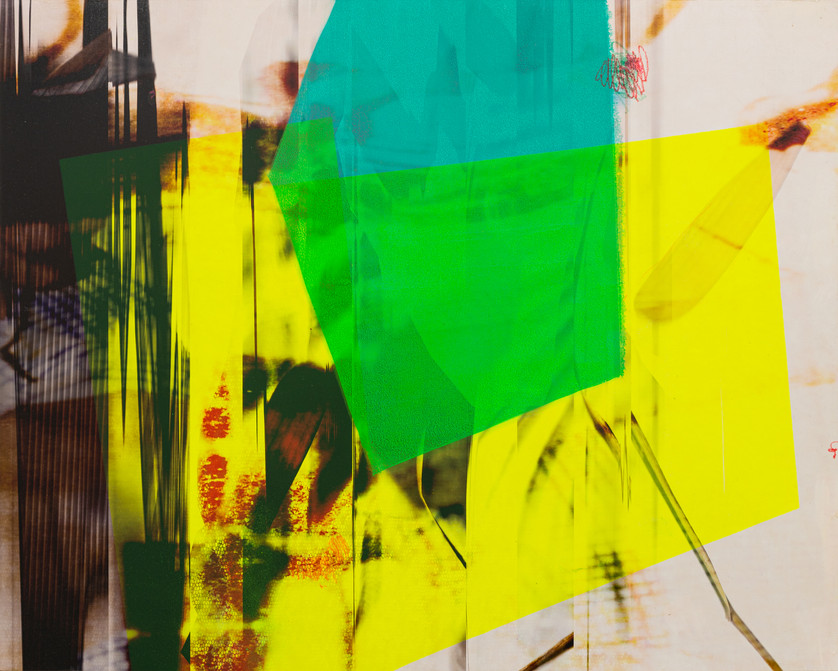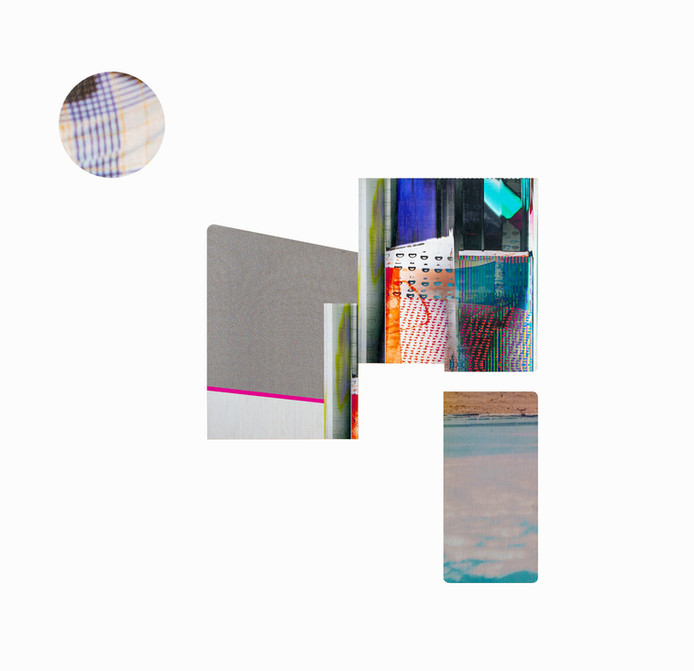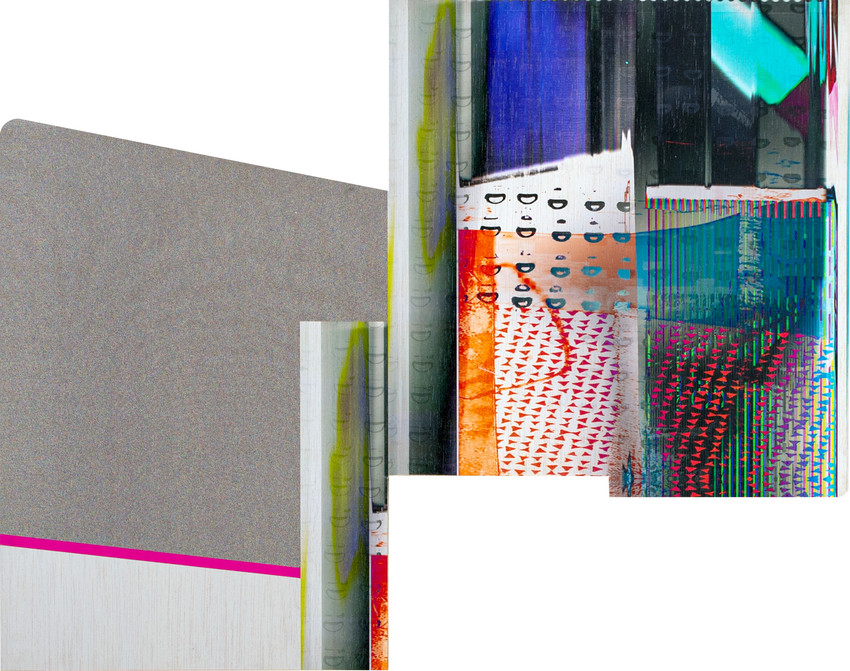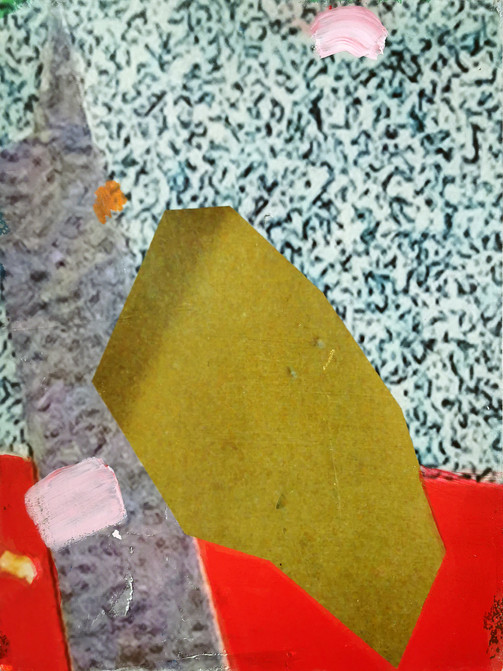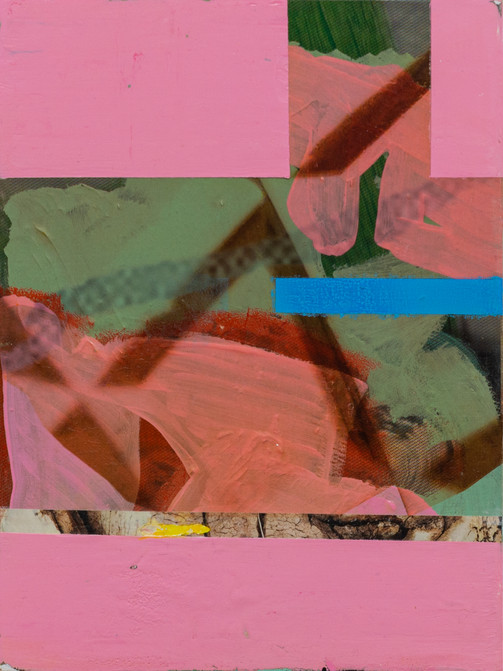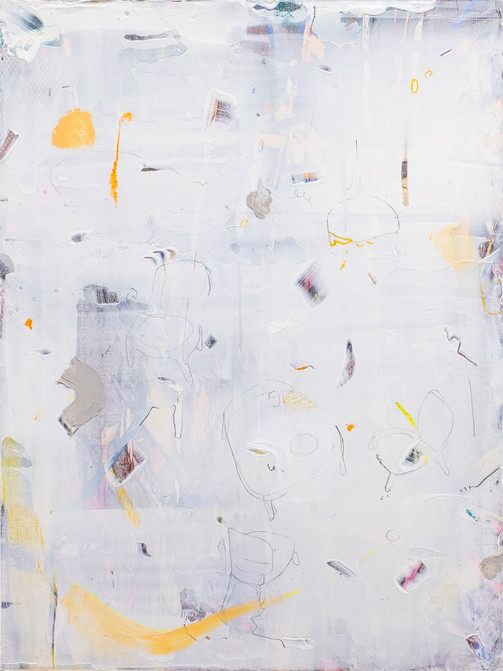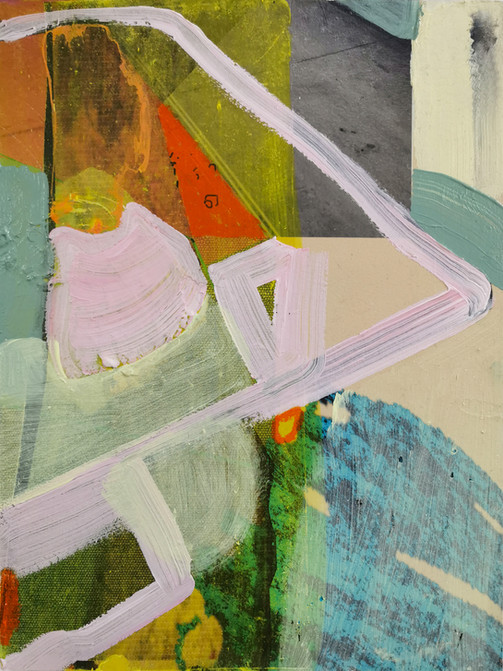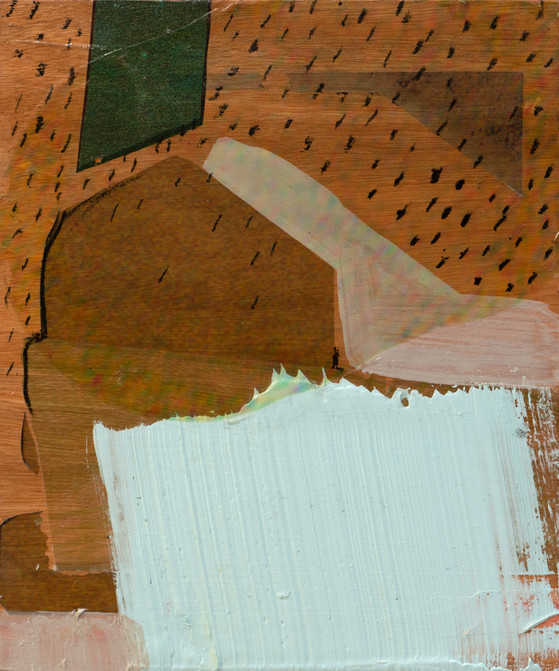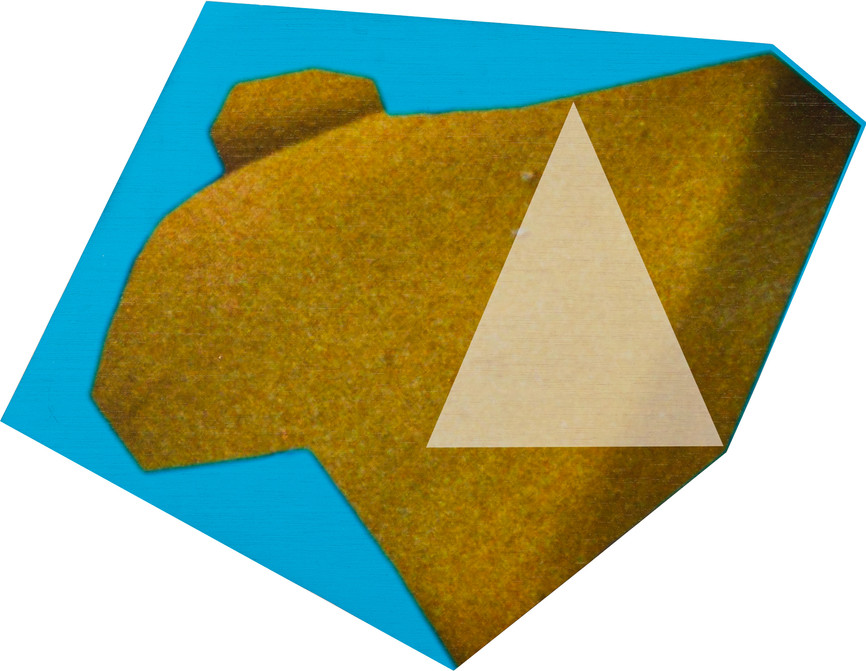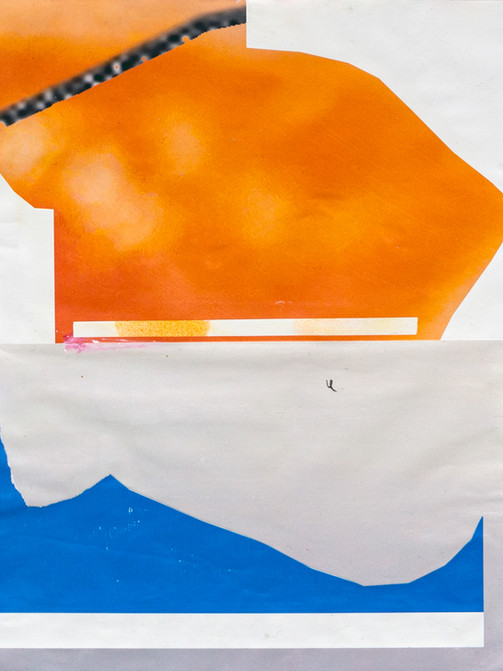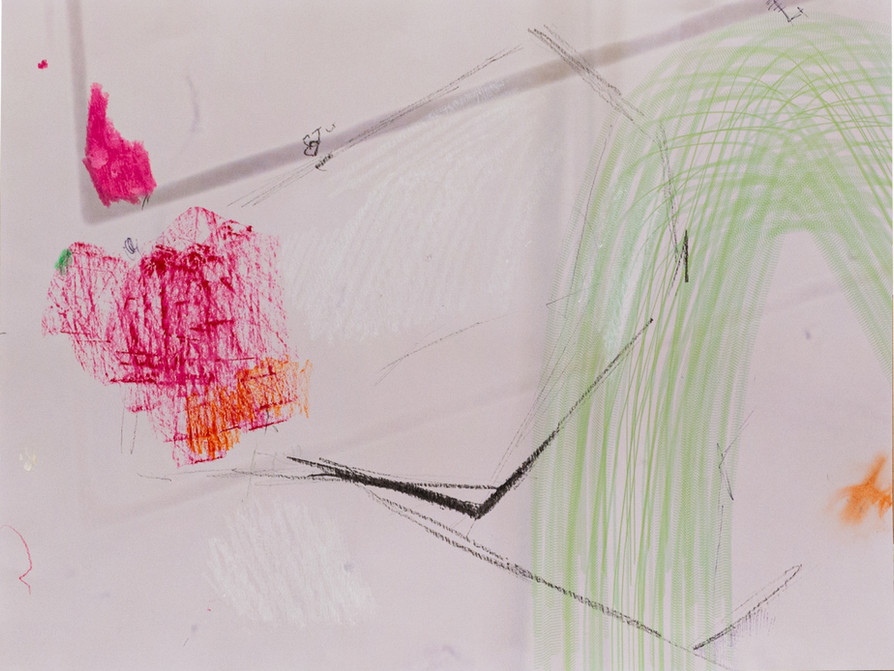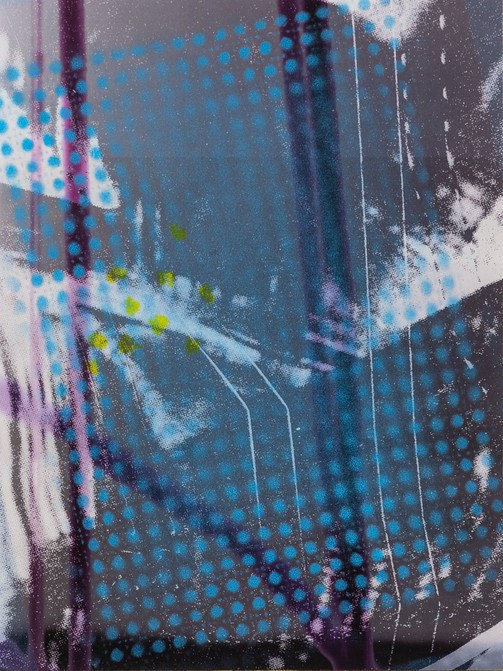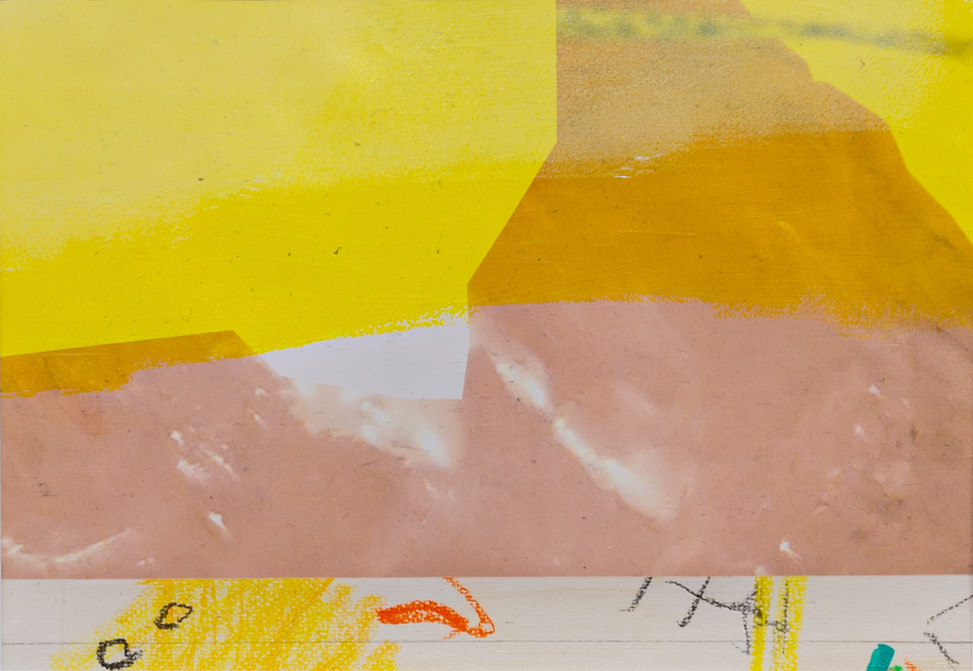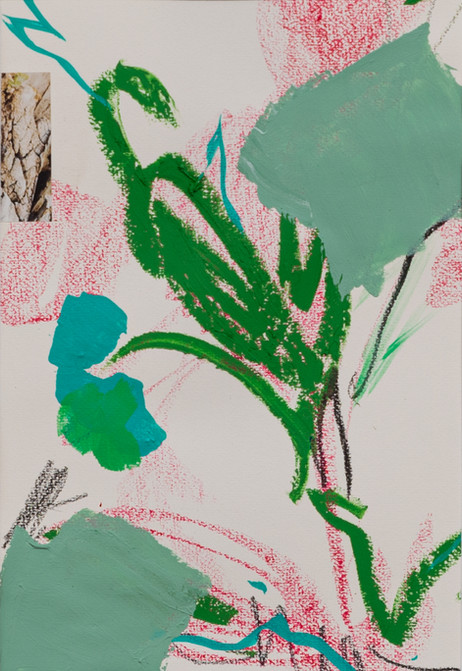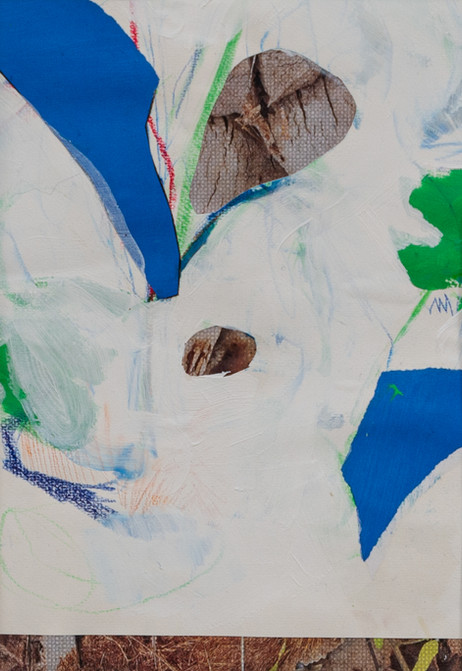Paintings
Paintings
Inject Print on Hahnemühle paper - Photo Rag Bright® White Matt FineArt, 310 gsm, 100% cotton
Size: 50 cm x 70 cm
Suspended time
Works on Pixel Fabric
Works on canvas and board
Works on paper
The surfaces of time [On the aesthetic project of Carlos Sebastiá]
This exhibition supposes, for Carlos Sebastiá, the consolidation of a certain way of thinking and doing his painting. The formal solidity of his work is accompanied by a suggestive conceptual investigation. His hypothesis is that the same object means different things in different discursive fields; also, that technological globalization has radically transformed our way of documenting and remembering reality. Sebastiá does not intend to develop an umpteenth contrast between memory and forgetting or find out if we remember too little or too much. This exhibition seeks and manages to show that the ways of remembering are, today more than ever, multiple and do not always go in the same direction.
If "the temporal" is the axis of his current aesthetic research, Sebastiá's gaze adjusts to a specific problem, such as the digitization of human memory: a constant media experience that impels us to see images and also to create many others. . Perhaps the true memory is precisely what we cover with the mobile screen, while the image is what always accompanies us. Starting from this paradox, the artist addresses the role played by digital information systems and their relational comparison with the old analogue models. To do this, he takes as his starting point a bank of autobiographical images, which he uses as an excuse to investigate memory and oblivion. But he also addresses a specific sense of experience, that place where one can be shocked and taken away: “In its essence, experience -Heiddeger will say- is the pain in which the essential alterity of what exists is revealed in the face of the habitual”. A wound that makes us vulnerable, and whose puncture is lost, little by little, through the filter of memory.
Connoisseur of the history of painting and its resources, Sebastiá now takes his search a step further for an expanded pictorial principle, where he puts various techniques (drawing, acrylic, printed image and objects) into dialogue, and intertwines both supports and concepts ( abstraction and figuration, representation and plasticity, or process and visuality). He also lucidly reviews the aesthetics of collage, the most powerful destructive and constructive instrument invented in 20th-century art. In some of his best compositions, Sebastiá integrates the legacy of the geometric avant-garde (paradigm of the anti-narrative), and searches for the vulnerable and evocative that still exists within the normative structure. In other paintings, he gives way to a more lyrical side, with an atmospheric-seeming flow. These heterogeneous “cultural deposits” are tools with which he recovers the purely plastic values of the pictorial image, which he will put into dialogue with the polished, smooth and impeccable of digital aesthetics.
The painting method, based on transparencies and planes, is very similar to the one used by Photoshop to compose and decompose the image. This interesting dialectic between the digital and the analogue articulates a good part of the poetry of this exhibition, where the texture coexists with the pixel, and where the pictorial is allied with the transfer and the printed. The viewer's gaze is exposed to a complex inventory of visual signs, which display different articulations of the temporal. Beyond the bulimia of the image, the quick registration and the like, there are other ways of articulating time and memory. Sebastiá's painting proposes that we delight in its complexity and that we activate a visual experience that recovers the sovereignty of the eye. As Manuel Cruz points out, “if there is something to claim, it is not so much greater doses of memory (which perhaps already constituted authentic overdoses), but rather something more precise and, without a doubt, much more necessary: the autonomy of memory”. Faced with immediate excitement and stimulation, Sebastiá poses some images where we linger in the joy of looking, activate different modes of perception and let memories simply happen.
Carlos Delgado Mayordomo
Art Critic

